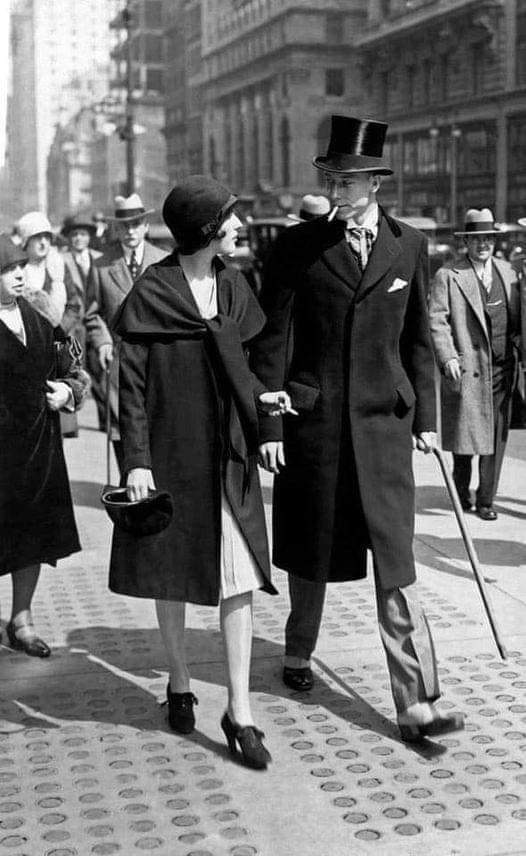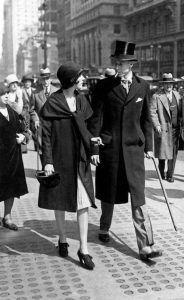
The Lucky strike, smoker parade

New York, New York: 1928.
Women publicly fire up their ‘Torches Of Freedom’ Lucky Strike cigarettes during the Fifth Avenue Easter Parade as a gesture of freedom and absolute equality with men. The demonstration was organized by public relations maestro, Edward Bernays for his client, the American Tobacco Company
Light a Torch for Freedom!
New attitudes toward women and smoking had helped sell more cigarettes in the period after the first world war. But for the head of American Tobacco Company, George Washington Hill, those gains were not enough. He saw the female audience as “a gold mine right in our front yard” which they were not properly exploiting due to some (Brandt 82) Lingering stigmas against women smoking in public seemed and barrier to sales, and Hill wanted to find ways to remove that stigma and encourage more women to smoke in restaurants or on the street. Hill believed women would smoke more if they could smoke everywhere:
How can we get women to smoke on the street? They’re smoking indoors. But damn it, if they spend half the time outdoors and we can get ’em to smoke outdoors, we’ll damn near double our female market. (Brandt 83)
Hill hired a leader in the emerging field of public relations and marketing, Edward Bernays. During World War I, Bernays worked for the Committee on Public Information where he developed his views on creating effective propaganda. A nephew of Freud, Bernays sought to use psychology to shape public opinion. He believed that only using advertising was not a good enough tactic–people needed to believe that they totally exercised free choice in deciding to smoke, and should feel they came to the decision on their own without influence. (Brandt 87). Bernays genius lay in seeing that flapper society was not only about clothes and hairstyles, but also about women wanting more freedom and equality. Cigarettes could be seen as part of this.
Girls begin smoking to demonstrate that they are strictly modern and up-to-date in their views and habits of life. Girls, too, make the point that they have as good a right to smoke as have men. (Benson 193)
Bernays recognized that he could exploit the already existing relationship between a desire to be equal and a desire to smoke, pushing the right to smoke in public for women part of the push for equality. Wishing to establish this more widely in the minds of women without overtly advertising, he devised a staged “news” event to have women at the annual New York City Easter Parade light up Lucky Strikes.. He enlisted the help of a committed feminist, Ruth Hale, who invited women to come to the parade to smoke, urging:
Women!
Light another torch of freedom!
Fight another sex taboo.
Bernays and Hale successfully recruited a few prominent women to appear in the parade smoking.